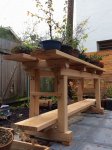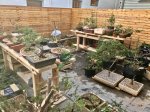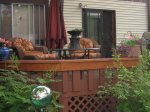Random User
Guest
- Messages
- 1,313
- Reaction score
- 1,168
I like these... really easy to work with, and works really good with Western Red Cedar 2 x 4s... the price can vary a lot, I buy them for $20.00 a pop. Great for shelving in the shop and I even built a computer table using the kit.
I like your benches though, don't get me wrong.
https://www.strongtie.com/miscellaneousconnectors_woodconnectors/wbsk_kit/p/wbsk
I like your benches though, don't get me wrong.
https://www.strongtie.com/miscellaneousconnectors_woodconnectors/wbsk_kit/p/wbsk










